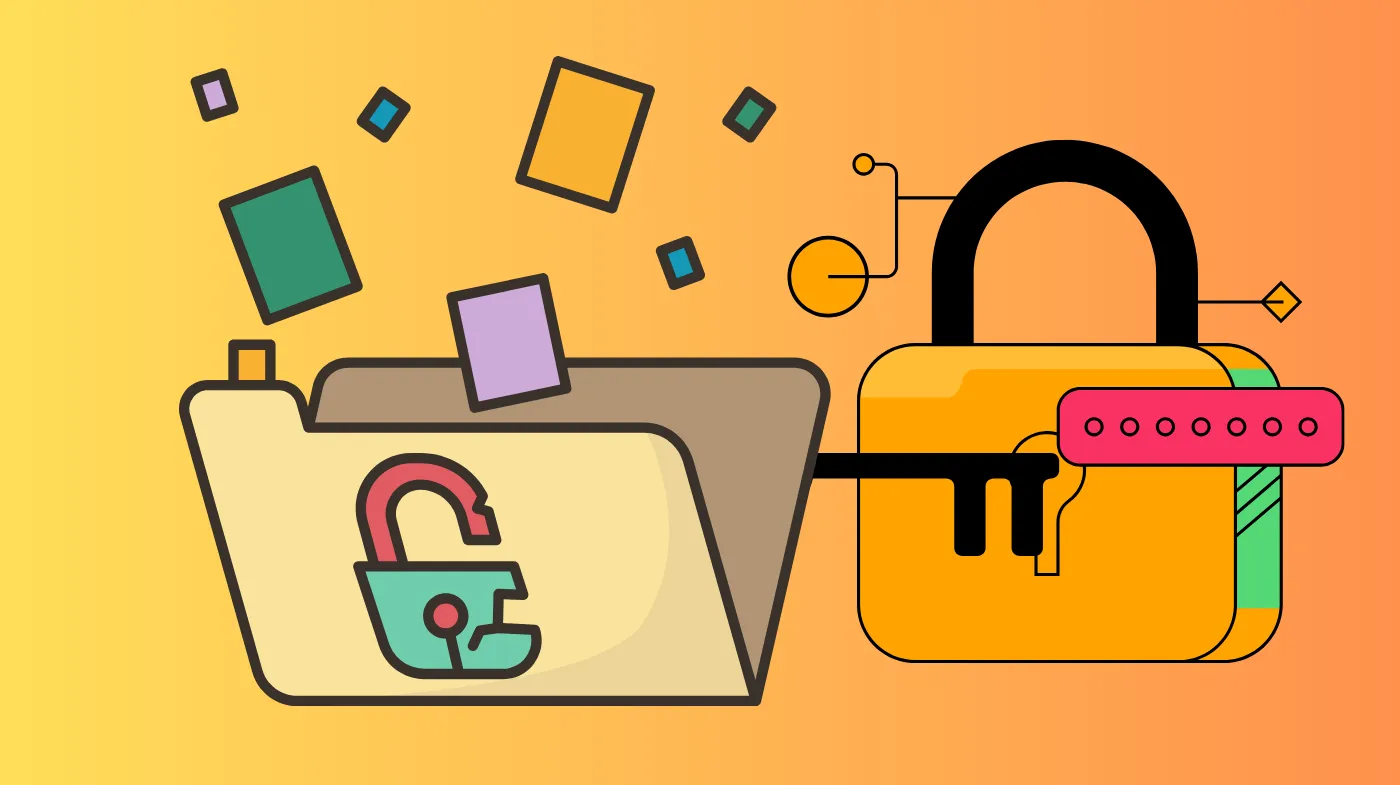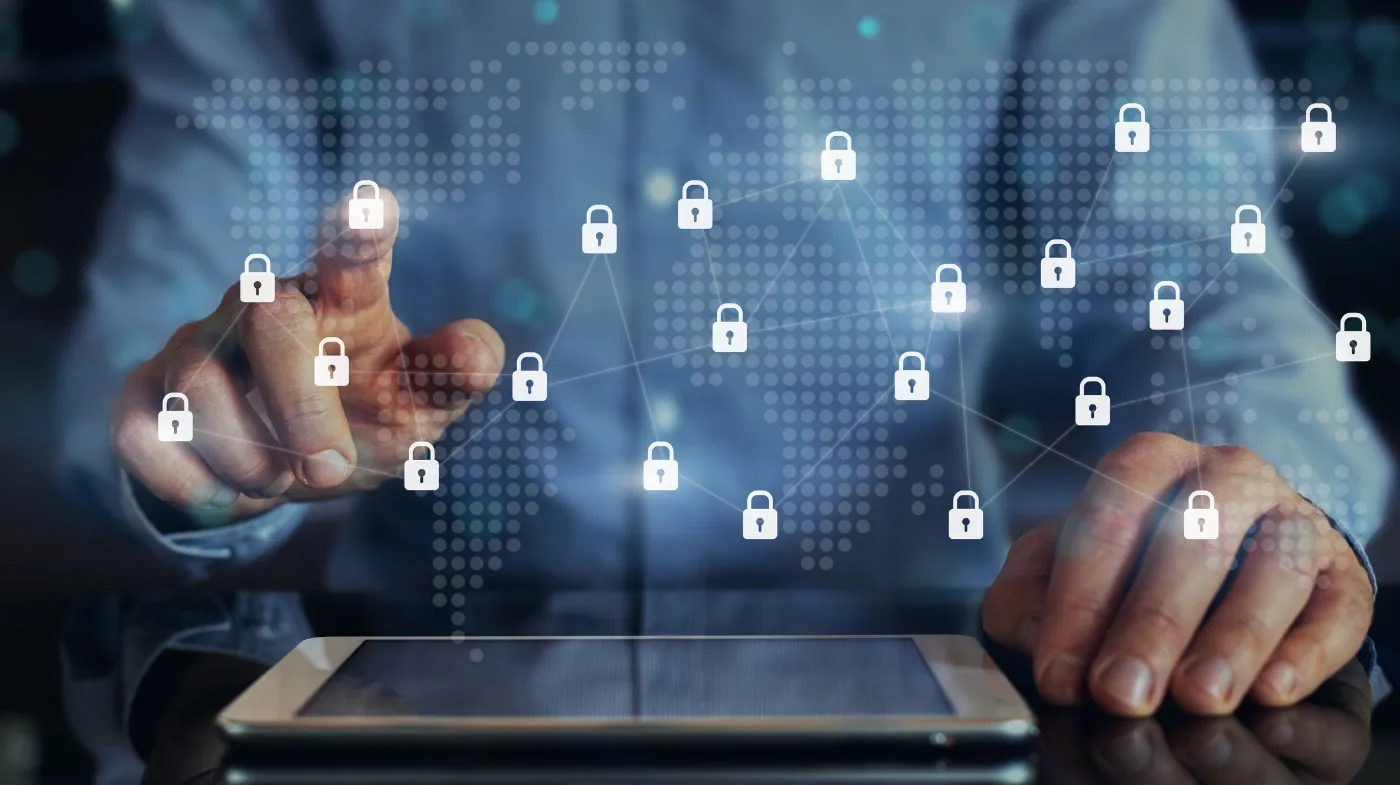
In today’s hyper-connected world, a single compromised password can trigger a catastrophic domino effect that destroys your financial security, personal privacy, and professional reputation. Cybercriminals launch attacks every 39 seconds, and the average data breach costs victims millions of dollars.
Today, we’ll reveal the hidden dangers lurking behind common password mistakes and unveil proven strategies that security experts use to create impenetrable digital fortresses. You’ll discover how to utilize advanced password generators for securing all your online information.
The stakes have never been higher, and the solutions have never been more accessible. Your digital life hangs in the balance. Learn how to protect everything you’ve worked to build before it’s too late.
Devastating Impact of Password Breaches
Password breaches are more than just digital inconveniences; they can trigger a chain reaction of financial disasters. From drained bank accounts to identity theft that lingers for years, compromised credentials expose victims to massive financial losses.
Financial Devastation and Identity Theft
When hackers gain access to your compromised passwords, they immediately target your most valuable assets. Financial accounts become prime targets, allowing cybercriminals to drain bank accounts, make unauthorized credit card purchases, and even take out loans in your name.
Identity theft through password breaches creates long-lasting damage that extends far beyond immediate financial loss. Criminals use your personal information to open new accounts, file fraudulent tax returns, and even commit crimes using your identity.
Professional and Reputational Consequences
Corporate data breaches resulting from compromised employee passwords can destroy entire businesses. For individuals, professional reputation damage occurs when personal accounts are compromised and used to send malicious content or access confidential work information.
Social media and email account breaches can permanently damage personal relationships and professional networks. Hackers often use compromised accounts to spread malware, send fraudulent messages, or post inappropriate content that reflects poorly on your character and judgment.
Long-term Security Vulnerabilities
A single password breach creates cascading security failures throughout your digital ecosystem. Many people reuse passwords across multiple accounts, meaning one compromised credential can unlock dozens of other services.
This domino effect amplifies the damage exponentially, giving hackers access to everything from shopping accounts to sensitive business systems.
Data exposure from password breaches often includes personal information that criminals use for future attacks. Once your data appears in breach databases, it becomes a permanent resource for cybercriminals who may target you months or years later using the exposed information.
Critical Password Security Mistakes That Cost Everything
Many users unknowingly make critical errors when creating and managing passwords, putting their entire digital presence at risk.
Using Weak and Predictable Passwords
The most dangerous mistake people make is creating passwords that are easily guessable or commonly used. Passwords like “password123,” “qwerty,” or “123456” appear in every hacker’s first attempt list.
These weak passwords can be cracked in seconds using automated tools, providing instant access to your accounts. Predictable patterns such as sequential numbers, keyboard patterns, or simple substitutions (like ”@” for “a”) offer minimal protection against modern cracking techniques.
Cybercriminals use sophisticated software that can test millions of password combinations per second, making pattern-based passwords virtually useless.
Incorporating Personal Information
Using personal details in passwords creates easily exploitable vulnerabilities. Information like your name, birthday, address, or pet’s name can be gathered from social media profiles, public records, or data breaches. Hackers specifically target this information when attempting to crack passwords.
Social engineering attacks become exponentially more effective when passwords contain personal information. Criminals research their targets extensively, using publicly available information to guess passwords or answer security questions that protect your accounts.
Reusing Passwords Across Multiple Accounts
Password reuse represents one of the most catastrophic security mistakes you can make. When you use the same password for multiple accounts, a breach of any single service compromises all your other accounts simultaneously. This practice turns a minor security incident into a complete digital disaster.
The multiplication effect of password reuse means that a breach of a low-security website can provide access to your banking, email, and work accounts. Cybercriminals specifically target less secure sites, knowing that users often reuse credentials on more valuable platforms.
Choosing an Inadequate Password Length
Short passwords provide minimal protection against modern attack methods. Passwords under 12 characters can be cracked quickly using brute-force attacks, even when they include mixed characters.
Length versus complexity studies show that longer passwords with simpler patterns often provide better security than shorter, complex passwords. A 16-character password with basic complexity offers significantly more protection than an 8-character password with maximum complexity.
Advanced Strategies for Unbreakable Password Security

Harness cutting-edge tools and practices to forge virtually unbreakable defenses for your digital life. Start by:
Utilizing a Strong Password Generator for Maximum Protection
Modern password generators create truly random combinations that eliminate human predictability patterns. These tools generate passwords with optimal length, character diversity, and unpredictability that make brute-force attacks virtually impossible.
Professional-grade generators ensure each password is unique and meets the highest security standards. Customizable generation options allow you to create passwords that meet specific requirements while maintaining maximum security.
Advanced generators let you specify length, character types, and exclude similar-looking characters that might confuse manual entry.
Implementing Multi-Factor Authentication Systems
Multi-factor authentication (MFA) adds critical security layers that protect accounts even when passwords are compromised. By requiring additional verification methods like SMS codes, authenticator apps, or biometric data, MFA prevents unauthorized access even with stolen credentials.
Hardware security keys provide the highest level of MFA protection by requiring physical possession of a device for account access. These keys are immune to phishing attacks and provide enterprise-level security for personal accounts.
Creating Robust Passwords for Crypto Wallets
Cryptocurrency security demands exceptional password protection due to the irreversible nature of blockchain transactions. Robust passwords for crypto wallets should exceed 20 characters and include maximum complexity to protect potentially life-changing financial assets.
Cold storage security requires offline password management to prevent any possibility of remote access. Hardware wallets combined with extremely strong passwords create virtually impenetrable security for long-term cryptocurrency storage.
Secure Communication Practices
Never send credit card information or sensitive passwords through email or unencrypted messaging platforms. Standard email lacks encryption and can be intercepted during transmission, exposing financial data to cybercriminals. Always use secure, encrypted communication channels for sensitive information.
Secure sharing protocols include encrypted messaging apps, secure file transfer services, and password-protected documents when sharing sensitive information is necessary. These methods ensure that confidential data remains protected during transmission and storage.
Benefits of a Centralized Password Manager System
A centralized password manager system boosts productivity by streamlining access across devices, eliminating forgotten passwords and account lockouts.
Comprehensive Security Management
Centralized password managers provide enterprise-level security for personal use by encrypting all stored passwords with military-grade encryption. These systems generate, store, and automatically fill unique passwords for every account, eliminating the human factor in password security failures.
Automated security updates ensure that compromised passwords are immediately flagged and updated across all affected accounts. Password managers monitor breach databases and proactively alert users when their credentials appear in security incidents.
Enhanced Productivity and Convenience
Streamlined access management eliminates the productivity drain of forgotten passwords and account lockouts. Users can access all their accounts instantly while maintaining maximum security, removing the traditional trade-off between convenience and protection.
Cross-platform synchronization ensures that secure passwords are available on all devices, enabling seamless security across computers, smartphones, and tablets. This universal access prevents users from falling back on weak passwords due to convenience factors.
Advanced Security Features
Secure password sharing capabilities allow families and teams to share access to common accounts without exposing actual passwords. This feature maintains security while enabling necessary collaboration and account management.
Security auditing tools continuously analyze your password portfolio, identifying weak, reused, or compromised credentials. These automated assessments provide actionable recommendations for improving your overall security posture.
Emergency Access and Recovery
Emergency access protocols ensure that trusted individuals can access critical accounts in case of incapacitation or death. These features provide security and peace of mind for both personal and business account management.
Secure backup and recovery systems protect against data loss while maintaining encryption standards. Multiple backup methods ensure that your password vault remains accessible even during device failures or service interruptions.
Frequently Asked Questions
How Often Should I Change My Passwords?
Password rotation frequency depends on the account’s sensitivity and risk level. High-value accounts like banking and email should be changed every 90 days, while less critical accounts can be updated annually.
However, immediately change any password if you suspect it’s been compromised or if the service reports a data breach.
What Makes a Password Truly Unbreakable?
Unbreakable passwords combine maximum length (20+ characters), complete randomness, and unique usage across all accounts. They should include uppercase and lowercase letters, numbers, and special characters without any personal information or predictable patterns.
Securing Your Digital Future: The Path Forward
The digital landscape continues evolving, but the fundamental truth remains unchanged: one password breach can indeed cost you everything. From financial devastation to professional ruin, the consequences of inadequate password security extend far beyond simple inconvenience.
However, by implementing the comprehensive strategies outlined in this guide, utilizing a strong password generator, avoiding common security mistakes, securing high-value accounts like crypto wallets, and leveraging centralized password managers, you can build an impenetrable defense against cyber threats.
Your digital security is an investment in your future, not an optional convenience. The time and effort spent implementing robust password security measures pale in comparison to the devastating costs of a successful cyber attack.
